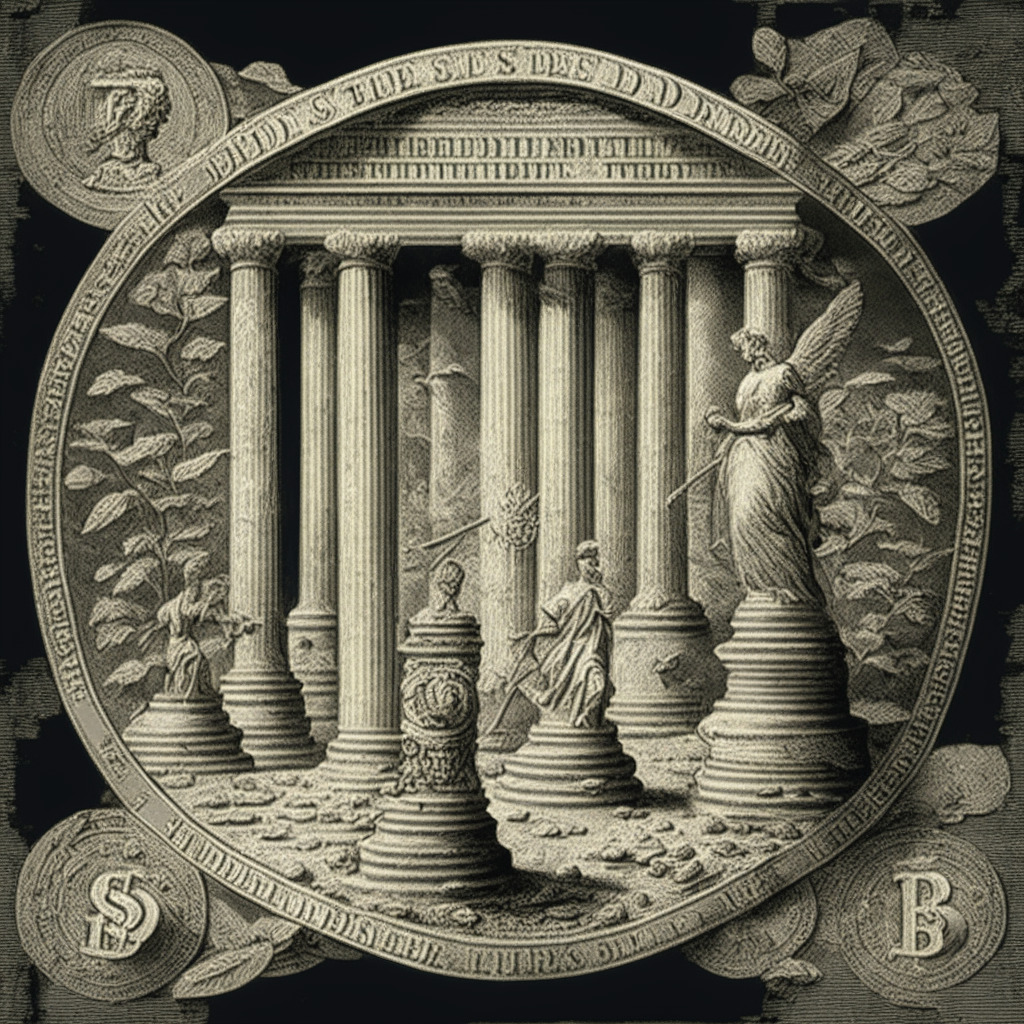Stablecoins could potentially be instrumental in maintaining the global dominance of the U.S. dollar, a perspective expressed by Brian Brooks and Charles Calomiris in a recent opinion piece in The Wall Street Journal. Brooks, previously an executive of Binance.US and U.S. Comptroller of the Currency, and Calomiris, a scholar at the University of Austin and former chief economist of the Office of the Comptroller of the Currency, emphasize the importance of a sturdy regulatory framework for stablecoins in the United States.
The authors claim that the emerging concerns about “de-dollarization”, where the dollar could potentially lose its global reserve currency stature, might find a solution in stablecoins. They could reignite the post-World War II scenario when the U.S. dollar emerged as the currency of international trade.
Backing their argument with International Monetary Fund data, the authors highlight the fall in U.S. dollar reserves held by foreign banks – from 73% in 2000 to 59% today. The authors stress that any tool that can bolster the strength of the U.S. dollar ought to be considered.
Citing examples from Brazil and Argentina, countries that have started shifting from dollar-centric trade settlements to using their own currencies together with the yuan, Brooks and Calomiris discuss the ongoing exodus from the dollar. They also underscore the importance of stablecoins in providing breathing space to individuals living under hyperinflation. Access to the U.S. dollar becomes to some extent easier.
On the issue of stablecoin regulations, they argue that U.S. politicians need to reach a consensus that re-dollarizing the global economy is of utmost importance. Should the United States economy lose its reserve status, it could have ripple effects. It could raise the country’s borrowing costs during times of substantial government borrowing and spending. This could, in turn, impact the purchasing power of American consumers, leading to a rise in the cost of foreign goods.
Therefore, as the authors pointed out, should stablecoins flourish, it would lead to an increase in the demand for dollars. This would be independent of, and perhaps contrary to, their Governments’ political decisions. As such, the role of stablecoins could be a potential game-changer in maintaining the status of the U.S. dollar as the world’s dominant reserve currency. Yet, the stablecoin sector’s lack of sturdy regulations and legislative support may keep this potential from being fully realized.
Source: Cointelegraph




